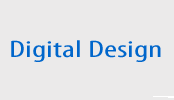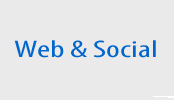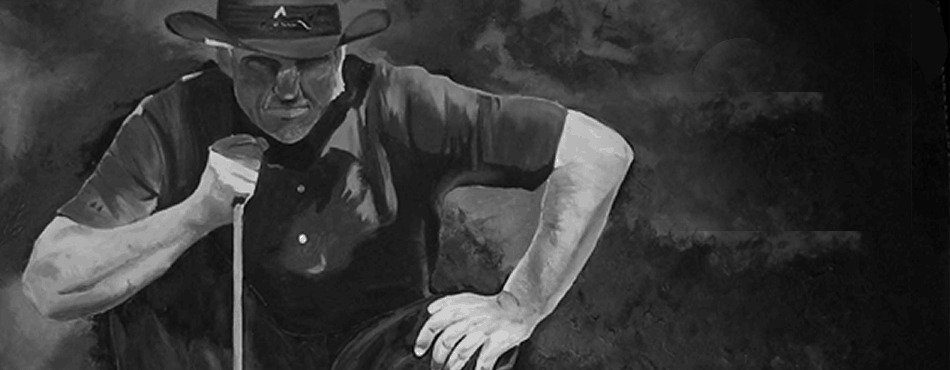Web 2.0 - Ask & Share
According to Wikipedia, "The term "Web 2.0" was coined in 1999 by Darcy DiNucci. The term is closely associated with Tim O'Reilly because of the O'Reilly Media Web 2.0 conference in 2004."
Let's step back a minute and relate this to the progression of the internet itself.
Web 1.0existed before the 2001 Dot Com Bust. The term 1.0 was developed after 2.0, to give a name to the period that came before it. Some characteristics of the web's first stages of development were static, non interactive pages and sites, the display of one way communication, and simple flashing animation. Content was created by the owner of the site, and feedback not encouraged. The tools were not available. The main purpose of this generation of web activity was to deliver the information to the consumer.
The Web 2.0 Phenomenon gained incredible popularity due to more user interactivity, and the allowing of an audience response. It opened the doors, or flood gates for interactive content, creating a dialogue between creators and consumers so much so that they could exchange their roles.
Characteristics of the new internet included more animated pages and sites, the addition of interactive multimedia, a two way communication which was, and still is user influenced. Web 2.0 continues to leverage popular trends such as blogs, communities and wikis and includes emerging web technologies such as RSS (really simple syndication) or texting.
Wikipedia also states that "Web 2.0 refers to web development and web design that facilitates interactive information sharing, interoperability, user-centered design and collaboration on the World Wide Web."
Is Web 2.0 a true reflection of what Lincoln stated in The Gettysburg Address when he said "of the people, by the people, for the people"? Are we driven to say what we need to say? According to the popularity of these sites, the answer is without a doubt, "Yes".
Enter the next and most recent internet development, Social Media. Integrating Web 2.0 philosophies and characteristics, Social Media allows people with common interests, occupations and other relative ties to interact with one another from a central point on the net. People naturally gravitate towards others who share mutual interests, birds of a feather, right? This seemed like a natural fit in the scheme of the internet. It also evolved through the need for people to counter their thoughts and continue a dialogue that was previously not possible via the web. Not only could you see the web, but you could be it too.
A few popular examples of web 2.0 are MySpace, Facebook, LinkedIn, and Twitter. According to the most current online stats I could find, there are approximately 675,000,000 accounts with the above mentioned Social Media Sites. Three quarters of a billion accounts. Wow. Taking into consideration there are a few folks like myself who have more than one social media account, the number of people using social media sites is huge. The list I checked had 169 sites on it, everything from CafeMom, GamerDNA to TalentTrove.
The phenomena of Web 2.0 has permeated other unrelated concepts. The idea of 2.0 is being integrated into everything that has a feedback component. If you Google 2.0, the first page speaks of RSS, XHTML, Tim O'Reilly and other early developers of the concept. Dig deeper, and the reference is used to define a new redesigned version of something, and a sharing of information using a distinct dialogue component.
Social Media is a great tool for business too. Integrated into marketing strategies, corporations are using it to deepen brand loyalty, widen brand recognition, and educate potential consumers. Crafted well enough, it can help build credibility and strengthen relationships for all sizes of business. Do you want to know what your clients want? Should you know? Of course! Just ask them and they can help steer what you deliver. meeting their needs is one of your main goals, isn't it?










